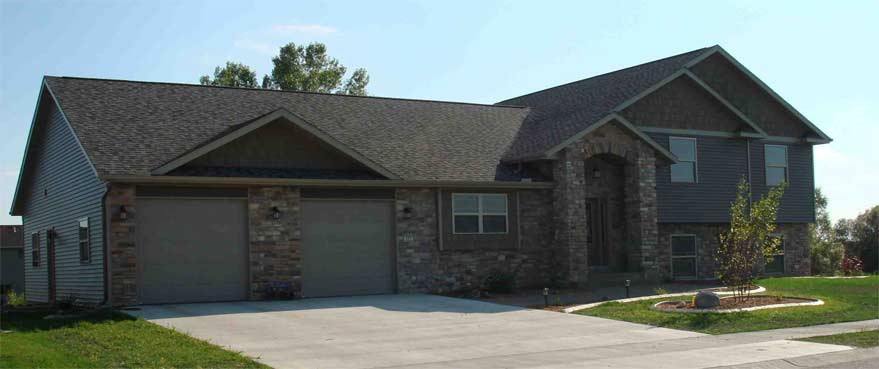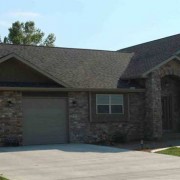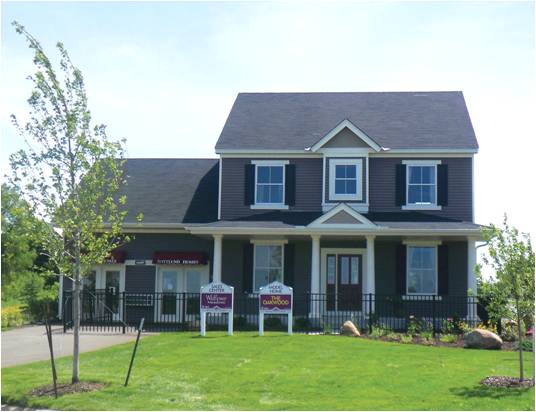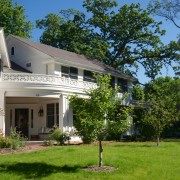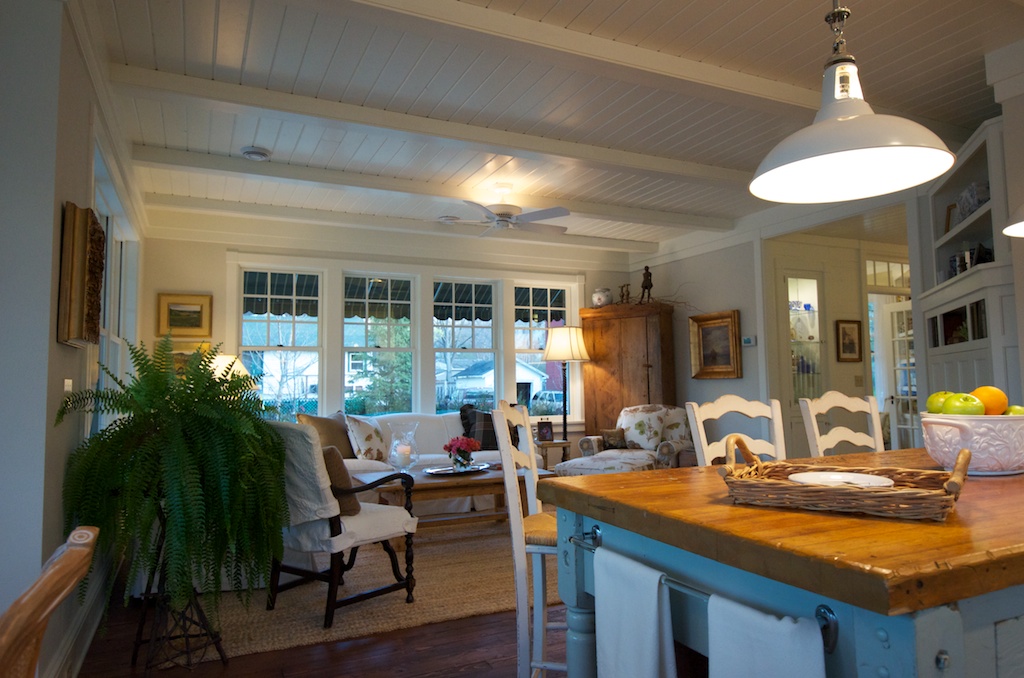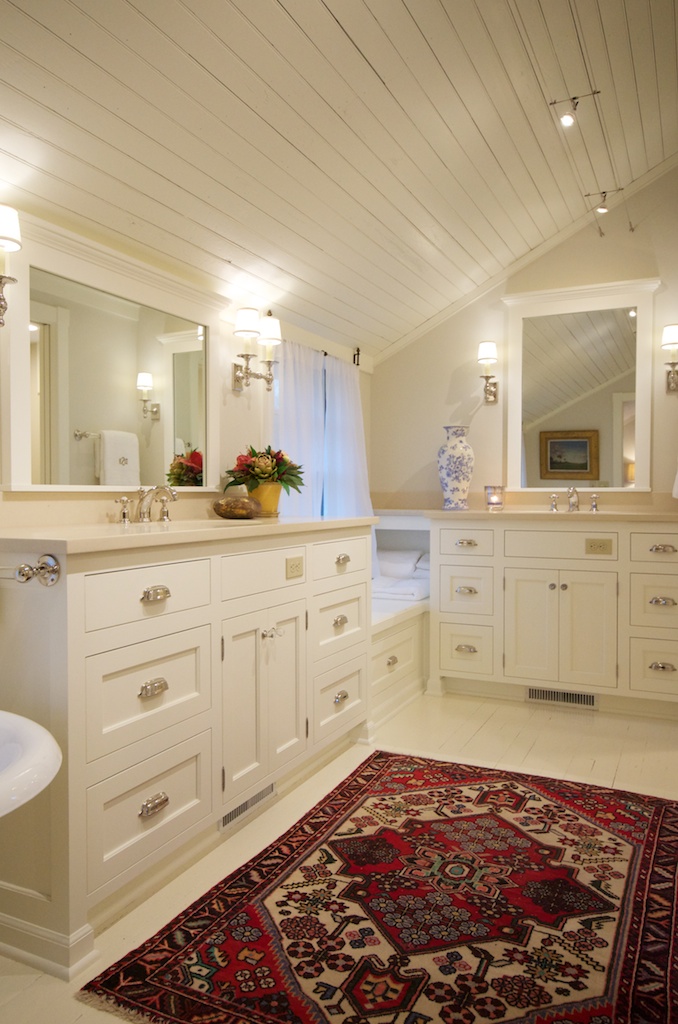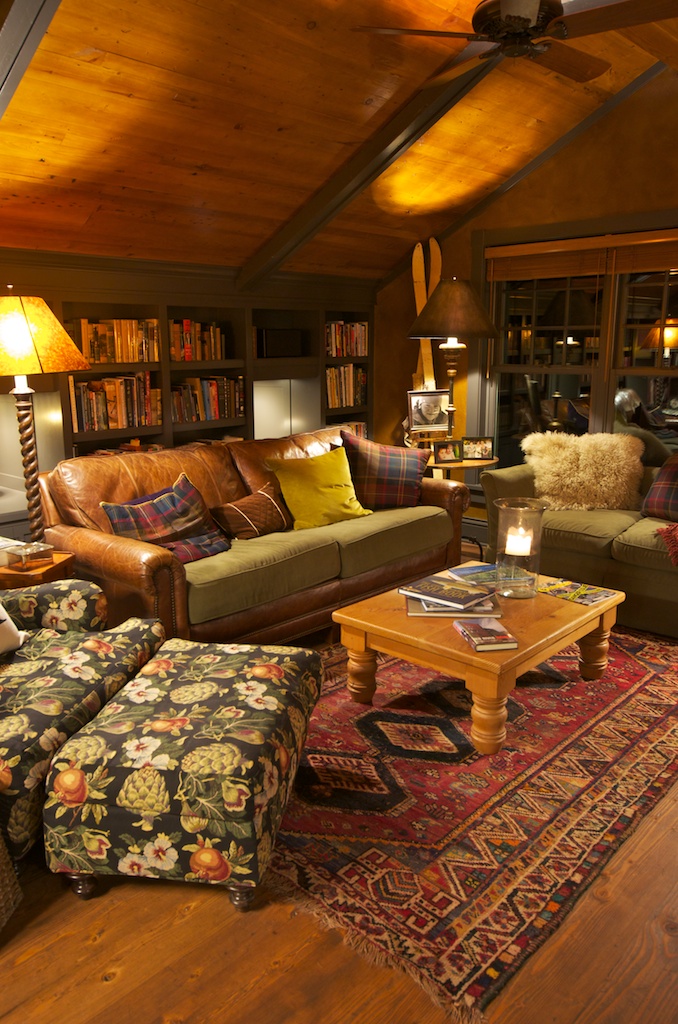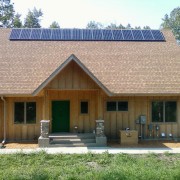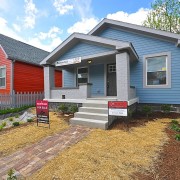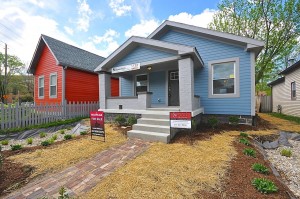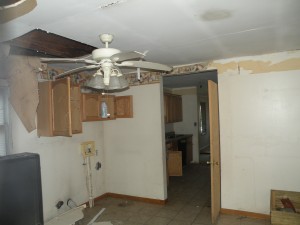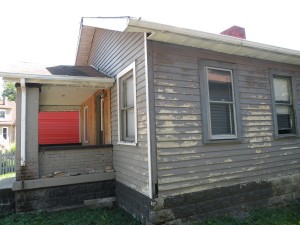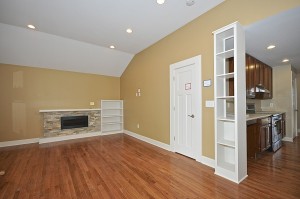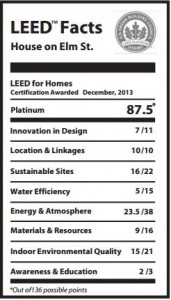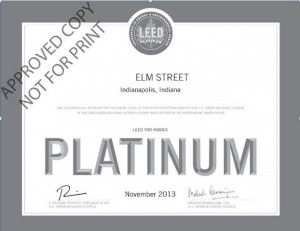* Guest post by Emma Pritchard – “Updates by Brett Little in Captions”
Good insulation is an important part of creating a sustainable home design, and of retrofitting an existing home to include more sustainable features. If you’re working with an existing home, there’s a lot you can do to make it more sustainable, and replacing insulation is perhaps the most effective method. Whether you’re doing a remodel or just fitting new insulation, it’s a great opportunity to replace old and outdated materials with new or recycled sustainable ones, or alternatively, those made from natural materials. The initial outlay might set you back a few dollars but since good insulation makes it much less expensive to heat your home, over time, lower energy bills mean you’ll recoup the costs and more.
The concept of sustainability integrates several different themes:
- Using renewable energy sources instead of non-renewables like fossil fuels
- Using non-toxic chemicals in production and processing of goods and services
- Avoiding practices that harm the environment
- Adopting practices that conserve resources to ensure they are available in the long term.
- Maintaining acceptable levels of comfort (for example, in terms of home heating) while keeping to these standards.
- “Air sealing prior to insulation and making sure it is appropriately installed too ensure maximum effectiveness cannot be overlooked either”
- “Insulation affordability is also important to ensure budgets are met”
In terms of insulation, a product is “environmentally” sustainable if it’s made using at least partly-recycled materials via sustainable methods, and doesn’t contain any harmful chemicals. Preferably the insulation should also be recyclable, or the material it’s made from should be recyclable. Another important factor to consider is where materials are produced: to be truly sustainable, insulation should be made locally, relative to where you live. Depending on where you live you may be able to source materials made in your city or state.
Removing Old Insulation
If you are working with a home built in the 1970s or earlier, or if the current insulation was fitted in that period, it’s important to be aware of the possibility that asbestos might be present either in the insulation or in other building materials. Asbestos is an excellent insulator, but it’s also highly toxic. If your insulation upgrade involves the removal of asbestos, it’s necessary to take precautions to prevent exposure. If you’re not sure whether asbestos is present in your home, and it was constructed or remodeled in the relevant time period, you may want to consider having your home professionally evaluated for asbestos. It may even be necessary to have any asbestos-containing materials removed by professionals to eliminate the risk of exposure.
You may also have other problems to contend with, like exposure to lead paint, or the chemicals present in certain older types of insulation. As well as these issues, most types of insulation have the potential to release particulate matter that can causes irritation when inhaled, so a protective dust mask should be worn whenever working with insulation, even if it doesn’t contain any toxins.
Types of Sustainable Insulation
When you’re replacing old insulation in favor of sustainable insulation, you’ll generally have two main objectives in mind: to use materials with better insulating capability, and to use materials that are free from chemicals that negatively impact the environment. Other considerations will include the production methods used to manufacture the insulation, where it was produced, whether it’s reusable or recyclable, and whether it contains recycled materials.
Loose fill cellulose contains at least 75% recycled newspaper, and it doesn’t contain any harmful chemicals. It’s also made via production methods that use much less energy than most other options, and it can be made locally. “Blown in cellulose can be added wet or dry and can be easy to put in behind the siding of existing homes, this can be done by a professional or DYI interested person who rents a machine”
Cotton is made from a renewable resource, and is typically at least 75% recycled too. It can be recycled, and it’s not treated with toxic chemicals. The flip side is that cotton farming is resource-intensive, with a high level of dependence on pesticides, and climatic requirements that make it difficult to grow in many parts of the world. In addition, cotton insulation picks up moisture very easily and can develop mold. *”Cotton has been associated with fire control problems”
Fiberglass is typically at least 50% recycled material, with some brands achieving 70% to 90% recycled material, and it’s made from silica, which is a naturally abundant substance. However, it’s made using energy-intensive production methods, and some types contain the toxic gas formaldehyde. As well as this fiberglass typically has lower R values than other types of insulation, meaning it’s less effective at resisting heat flow. “Fiberglass tends to get installed poorly on average and in cold weather climate regions has thermal convection looping which means more air loss compared to other insulation” – Brett Little, edit * “Also note that there are blow in fiberglass methods that are easier to install, have higher r value and can be less likely for toxic exposure”
Foam insulation can be tricky—some types are recyclable but some aren’t, and some are treated with highly toxic flame retardants. Most types of foam insulation are made using non-renewable petrochemicals, however, so regardless of any other factors, these can’t be sustainable. However, some types of foam have replaced the petrochemical component with renewable alternatives that include formulations made from sugar beets, sugar cane, and corn, creating products that are less expensive, and more sustainable. “If foam is installed poorly it can be a danger to the installer and occupant as well reduce it’s effectiveness, foam can also off gas during it’s life time, loosing it’s heat resistance properties and reduce indoor air quality in the home.”
Mineral wool (also called rock wool) is made from rock or steel slag—both abundant natural resources—and typically contains at least 75% recycled material; however, it releases low levels of irritants that can cause problems for people who are sensitive to airborne particles. It’s naturally highly fire-resistant so it doesn’t need extra chemical treatment.
“Strawbale & Strawclay are products made from waste materials from farming and from digging up the ground for new construction builds. These products are mostly used for new homes and/or additions and are natural, non toxic, fire and pest resistant materials if installed properly with appropriate moisture control levels. These products can be more labor intensive but often can result in community building parties that overall improve your fun score! These products tend to be more popular in dryer climates with larger temperature swings as moisture can be damaging to them and they are good at holding heat and letting it off at night when the temperature cools down”
Sourcing Sustainable Materials
When it comes to insulation, it’s relatively simple to buy sustainable, since so many products are made from partly recycled materials. Any home store that carries a large product range should have at least a few that fit the bill. It’s usually easy to tell whether products contain recycled materials, as most labels include this information.
“It’s also makes it easy if you specify only insulation products with 3rd party certifications, look for
Another option is stores like Habitat for Humanity’s ReStore chain, which deal mostly in used building materials, fixtures and fittings, and home accessories. Stock in these types of stores tends to be highly variable, but you might be able to score a great deal and support a great cause at the same time.
Sources
American Planning Association. “Policy Guide on Planning for Sustainability.” Accessed April 4, 2014. APA sustainability guidelines.
Earth 911. “Green Fiber Turns Recycled Paper into Insulation.” Accessed April 4, 2014. Sustainable insulation made from recycled paper.
Environmental Protection Agency. “Asbestos Containing Materials.” Accessed April 4, 2014. List of construction materials that may contain asbestos.
Environmental Protection Agency. “Choosing Green Materials and Products.” Accessed April 4, 2014. Advice on finding sustainable building materials.
Foive. “Asbestos Testing Companies.” Accessed April 4, 2014. How asbestos testing works.
Habitat for Humanity. “Habitat for Humanity ReStores.” Accessed April 4, 2014. Store finder for Habitat ReStore locations.
North American Insulation Manufacturers. Fiber Glass, Rock Wool, and Slag Wool Have High Percentage of Recycled Content.” Accessed April 29, 2014. Recycled content in fiberglass insulation.

